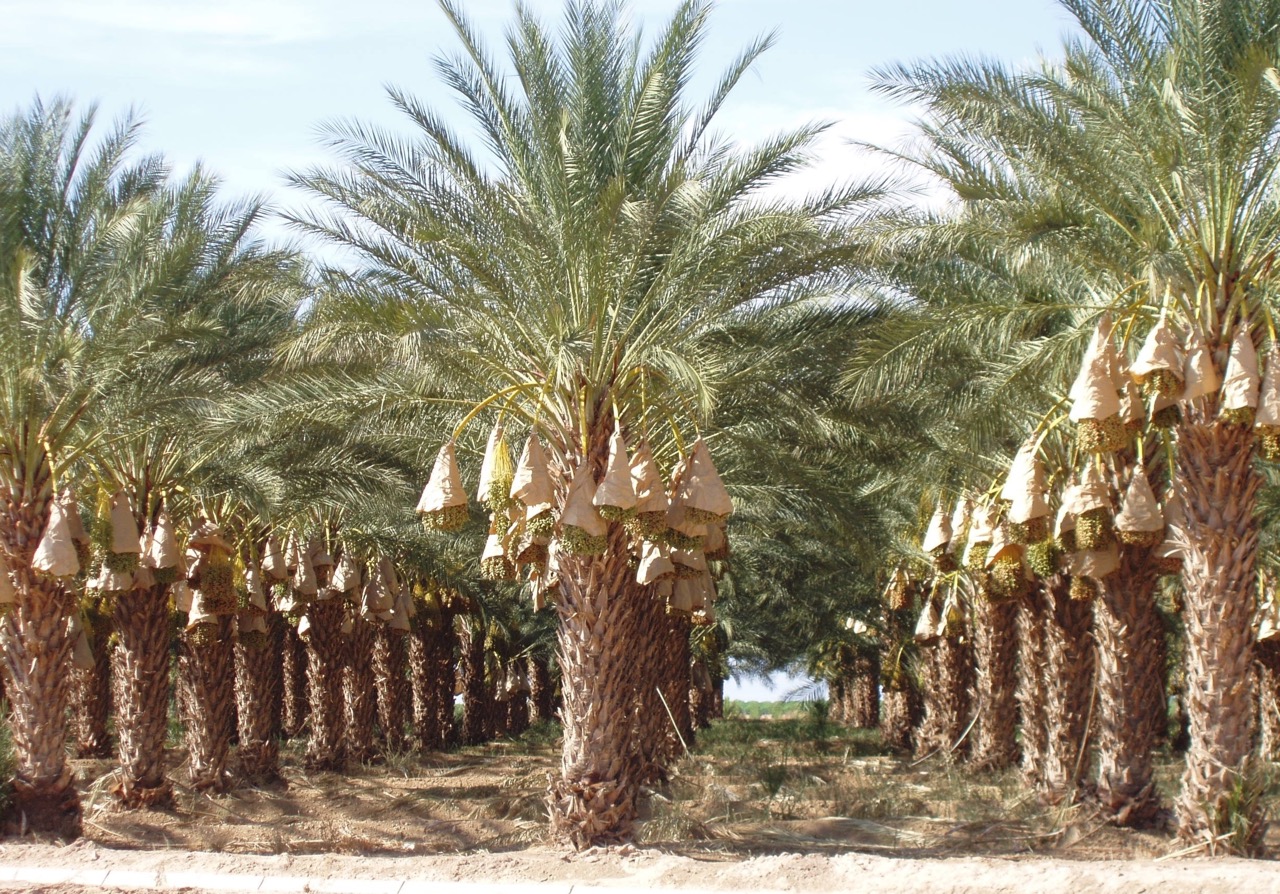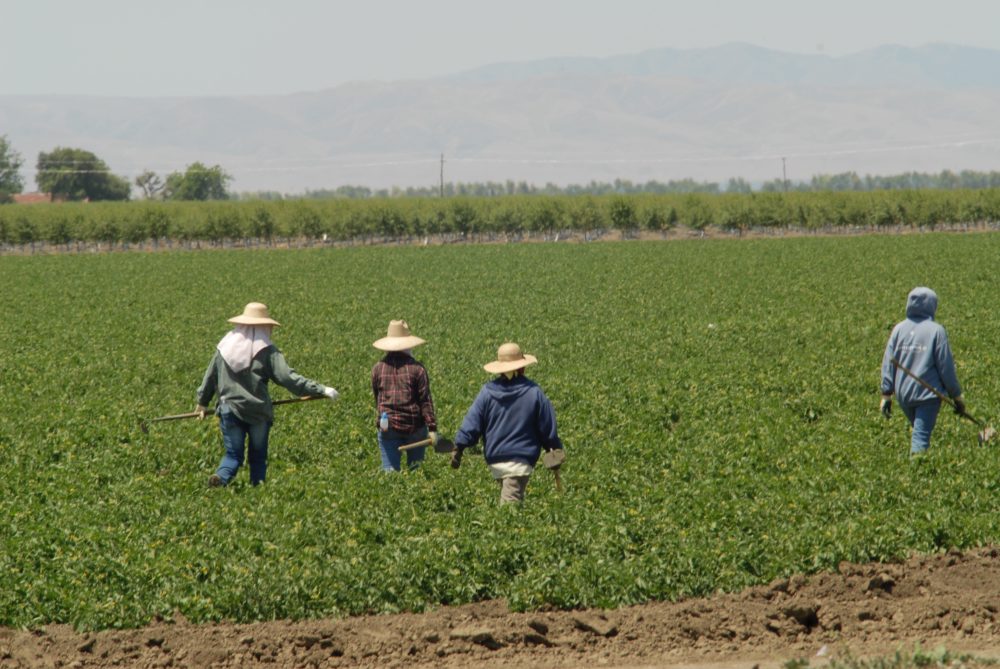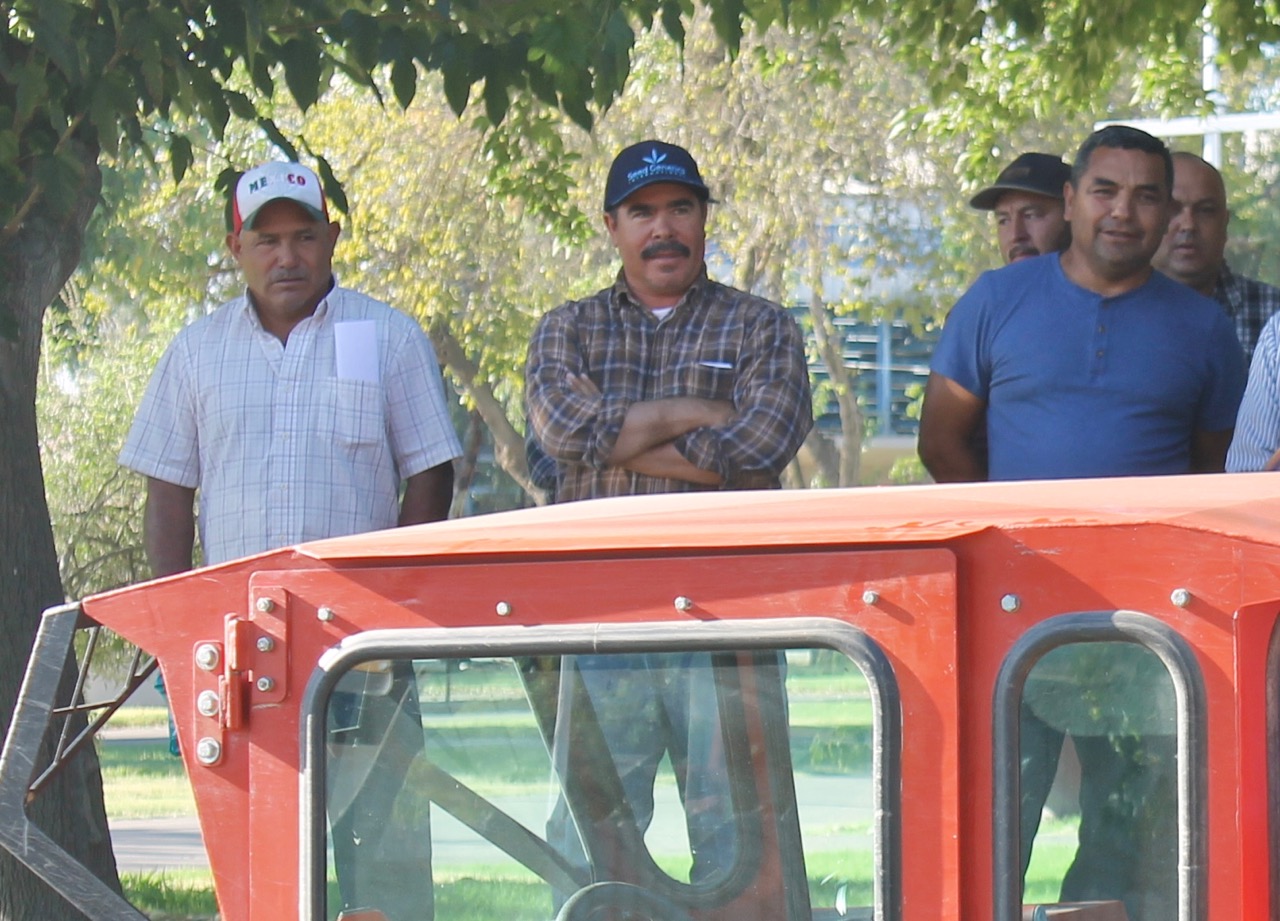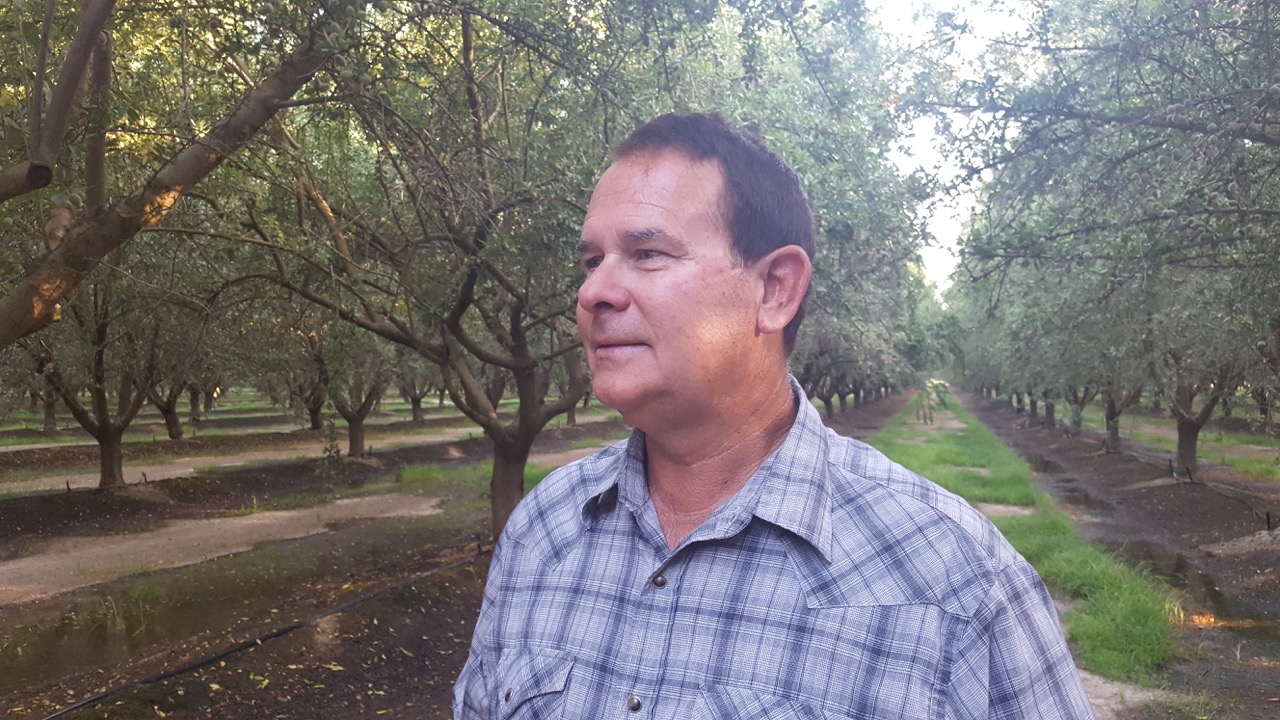California Dates Being Harvested
Medjool Date Season is Going Well
By Joanne Lui, Associate Editor
California Ag Today recently spoke with Ron Hill, farm manager of Royal Medjool Date Garden in Winterhaven, CA. The farm is located in Bard Valley, an unincorporated community in Imperial County. This area has a large amount of sunshine year round and stable, descending air and high pressure – perfect conditions for growing dates.
Dates grow in warm climates like California, Arizona, Florida and the Middle East. Medjool dates are one of the most popular – known for their large size, soft texture and rich flavor. We asked Hill if the harvest is beginning to wind down.
“The Medjool date season harvest is going well. We’re on the tail end. We’re going through and doing our last check,” Hill said. “Fruit quality is looking fair for this time of year, weather is cooperating and I think we’re going to have a pretty fair year this year.”
Date production is down due to weather.
“It’s down, just some due to the weather cycles, and then we have some damage from the rain,” Hill explained. “I have two different waves. When it’s a heavy rain on the dates, then they develop a black mold on the dates. And if the rain hits and then the humidity stays real high, then it starts, the fruit, to ferment on the tree. And so then that becomes a throw-away product also.”
The dates are still being harvested by man lifts and by hand.
“We do have man lifts. I would put four people up in each basket, and they go up and hand pick the dates, because the dates don’t ripen all at once, so we just go up and pick the ripe ones,” Hill said. “We have to be careful so we don’t knock off the unripened fruit, because at the present time there’s no means of ripening them if they haven’t started the process.”
There are also multiple picks that occur, between three and four times a year.
“The big difference is I’ve got some trees that are 60-foot tall, and so it takes some lifts, some big lifts, to get the people there, and just going up and down, it takes a lot of time,” Hill explained.























